|
Los Angeles floats its landmarks on a sea of faceless highway, like peanuts in peanut brittle. Downtown, the two-block stretch of Grand Avenue that straddles the 101 is a satisfying bite. In a single chomp, you get Frank Gehry’s Disney concert hall, Rafael Moneo’s Our Lady of the Angels cathedral, and now, a new arts high school designed by Wolf Prix and Coop Himmelb(l)au.
It’s familiar territory for Prix. He studied at the Southern California Institute of Architecture in L.A. after stints at the Architectural Association in London and the Technische Universität in Vienna, his hometown.
L.A.’s brash exuberance suits him. One of Prix’s first projects with Coop Himmelb(l)au, the studio he co-founded in 1968, was a house in London with a roof pulled airborne by a giant balloon. He has fun with architecture—get put on hold calling his Vienna office and “Gimme Shelter” is the muzak—so if anyone could help flip the trend of institutionalized cement-gray high schools distinguishable only by the mascot on the marquee out front, it’s Prix.
Completed in October, the Central Los Angeles Area High School #9 is a pile of stainless-steel building blocks: a cone for the library, a lopsided pyramid for the main lobby, and a spiraling tower that echoes Moneo’s bell tower across the highway. A 950-seat public theater connects to the lobby, and four classroom buildings circle a central courtyard in a swirl of private and public space. The school looks stunning, glinting metallic in the SoCal sun across from Moneo’s earthy concrete walls—an impressive addition for traffic-jammed commuters to gawk at in this section of the city.
William Bostwick: Designing a high school in L.A., did you think about your own time as a high schooler in Austria?
Wolf Prix: To be honest, there’s a big difference between American and European schools. I learned a lot about this culture doing this. There are a lot more security issues of course, but what I really appreciated was the commitment to art.
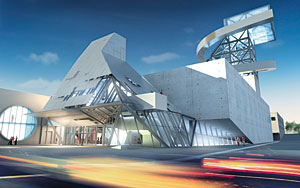
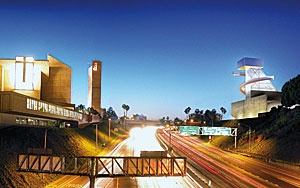
When we proposed the expansion of the theater with a tower that would create, with the tower of the Moneo cathedral, a gateway to downtown, everyone agreed. Someone on the jury told me the tower idea won us the contest. But when we did an art school in Munich, we had to fight for everything.
WB: In the interest of security, did you think about the school as an isolated community where art students could create undisturbed, cut off—and safe—from the rest of the city, or more like a place that’s open to the city, where the outside environment inspires the students?
WP: Both. We have to create spaces for up-and-coming artists; we can’t block the creativity of the students. But we wanted to combine creativity with cultural contribution, so we have a public theater, and even the library is half public. In spite of the security issues, we tried to combine public and private spaces, so there are two entrances: one directed at the students, and one at Downtown.
They meet at a plaza. I don’t know if [the public] will use it, but they can.
WB: Do high school kids understand architecture differently than adults?
WP: No. Whether you read architecture consciously or unconsciously, it doesn’t matter, but I tried to make the buildings readable, remarkable. I would like it if the students gave them nicknames.
You can take possession of it by describing it. If I asked a student, “Can you describe your school? Where do you go to school?” He’d say, “The school with the crazy tower and the round windows,” not, “just a building downtown.” And that’s enough.
If they were anonymous boxes in an anonymous city, people wouldn’t think that they owned them. In the [Rodney King] riots in L.A., people burned schools and public buildings because they were only boxes. They didn’t feel like they owned them. But Frank’s concert hall, and Moneo’s cathedral: They are buildings. They are buildings.


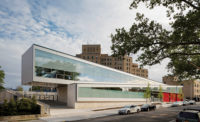
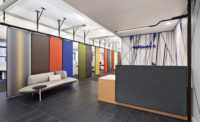
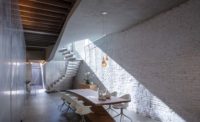
Post a comment to this article
Report Abusive Comment